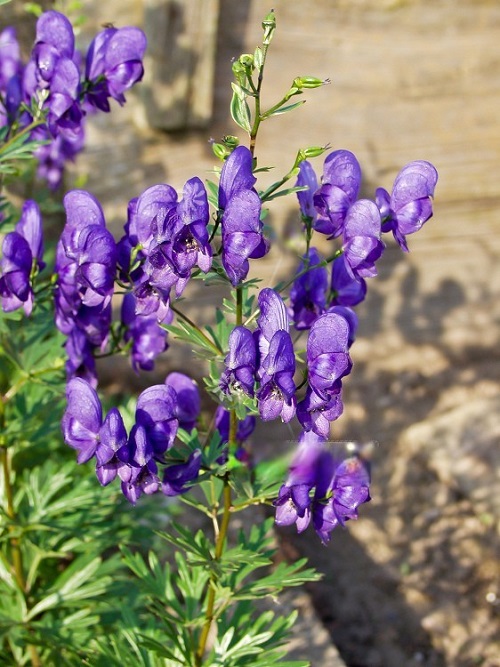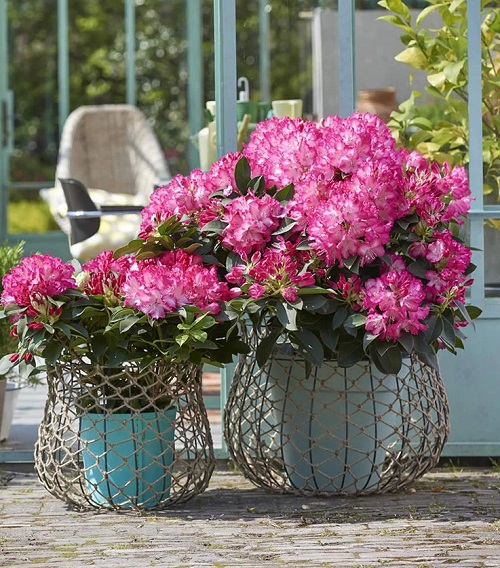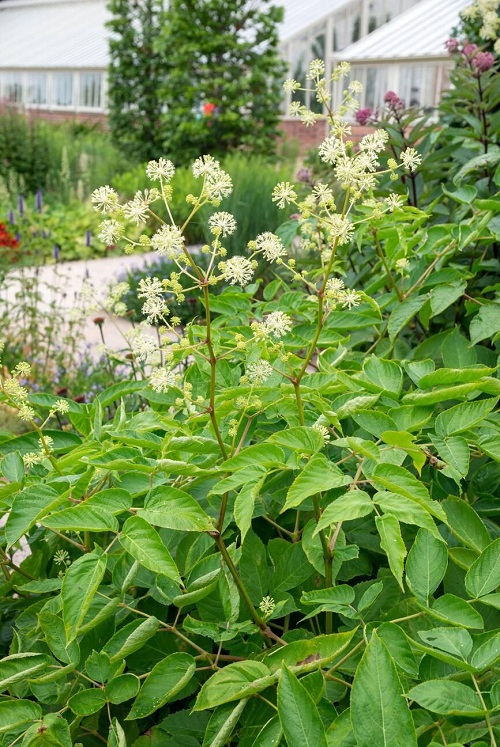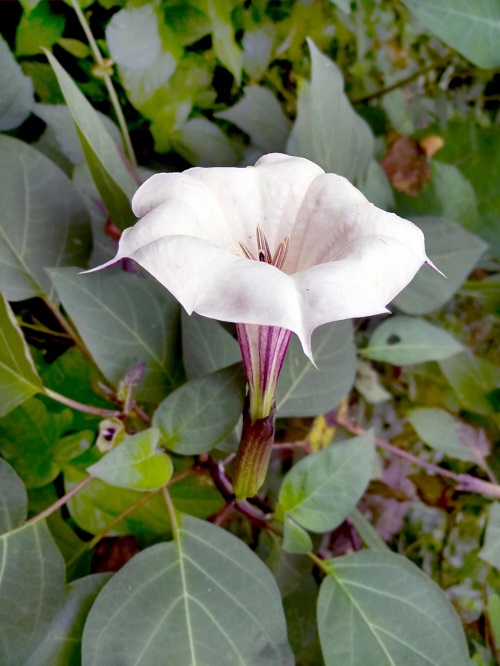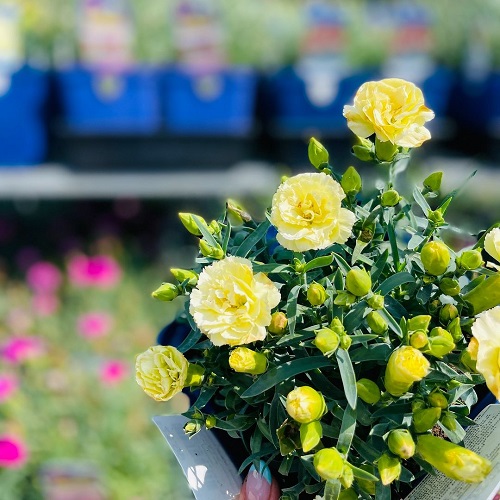We often associate blooms with positivity, but there are also Flowers With Negative Meanings. Let’s know about them in detail!
Before you gift blooms to someone, it is important to know about these Flowers with Negative Meanings to ensure you don’t end up giving the wrong one!
Read a similar article on Flowers That Represent Strength here
Flowers With Negative Meanings
1. Aconite
Botanical Name: Aconitum spp.
Also known as wolfsbane, Aconite has been associated with misfortune, death, and danger. The flower has a long history of use that links it to witchcraft and the supernatural, contributing to its negative connotations.
2. Foxglove
Botanical Name: Digitalis purpurea
Foxglove, popular for its bell-shaped flowers, is associated with deceit. In folklore, it was believed to be the home of fairies who used it to mislead humans.
3. Tansy
Botanical Name: Tanacetum vulgare
Tansy has been linked to unpleasant feelings, including hostility. In European cultures, due to its toxicity and bitter taste, it is associated with caution, potential harm, and negative connotations.
4. Rhododendron
Botanical Name: Rhododendron spp.
Rhododendron is often seen as a symbol of danger and caution. This negative association primarily arises from the plant’s toxic properties, making it a potential hazard if ingested.
Note: Ingestion, even in small amounts, can lead to nausea, vomiting, abdominal pain, and, in extreme cases, heart irregularities.
5. Oleander
Botanical Name: Nerium oleander
Oleander flowers may look nice, but they’re like a warning sign, telling you to be careful because they can be harmful because of their toxic nature. This flower signifies caution and warns of potential danger.
6. Cyclamen
Botanical Name: Dianthus spp.
Cyclamen is associated with negative meanings due to its drooping petals, seasonal dormancy, and its use in funerals – symbolizing farewells and remembrance.
Check our article on Flowers That Mean Forgiveness here
7. Black Rose
Botanical Name: Rosa spp.
The color black, linked to mourning and the end of something, assigns black roses a negative meaning, symbolizing the conclusion of a relationship and conveying the emotional farewell to a significant chapter.
10 Types of Black Roses Varieties and Meaning
8. White Poppy
Botanical Name: Papaver somniferum
When we talk about poppy, the next thing that hits our mind is opium, connecting it to darkness and something ‘not good’ in general. This link gives poppies a not-so-positive meaning.
9. Lavender Cotton
Botanical Name: Santolina spp.
Lavender cotton, despite its aromatic leaves, is linked with hostility and symbolizes a general dislike or distrust of humanity.
10. Aralia
Botanical Name: Aralia spp.
Aralias symbolize conflict and tension, as the sharp edges of the leaves symbolize the complicated feelings that could cause problems in relationships.
11. Stramonium
Botanical Name: Datura stramonium
Stramonium, commonly known as Jimsonweed, is linked to bewitching and hallucinations due to its highly toxic nature.
Growing Datura | How to Grow Jimsonweed
12. Petunia
Botanical Name: Petunia spp.
These vibrant blooms have deep associations with anger and trouble. In Victorian England and the cultures of Europe, Petunias were considered negative due to their bold colors and fleeting beauty.
13. Hellebore
Botanical Name: Helleborus spp.
Known for its winter blooms, Hellebore has a dark past linked to scandal and misfortune. In medieval times, people believed encountering it brought bad luck, possibly due to superstitions or cultural beliefs.
14. Lily of the Valley
Botanical Name: Convallaria majalis
Despite its delicate appearance and sweet fragrance, the Lily of the Valley symbolizes the return of misfortune. In Victorian times, it was associated with the idea that happiness is too good to last, bringing a touch of pessimism to its beauty.
15. Yellow Carnation
Botanical Name: Dianthus caryophyllus
Carnations usually stand for love and passion, but the yellow cultivar symbolizes disappointment and rejection. This goes back to Medieval Europe, where people believed wearing yellow meant you might not be trustworthy, connecting the color to Judas Iscariot, associated with betrayal.

